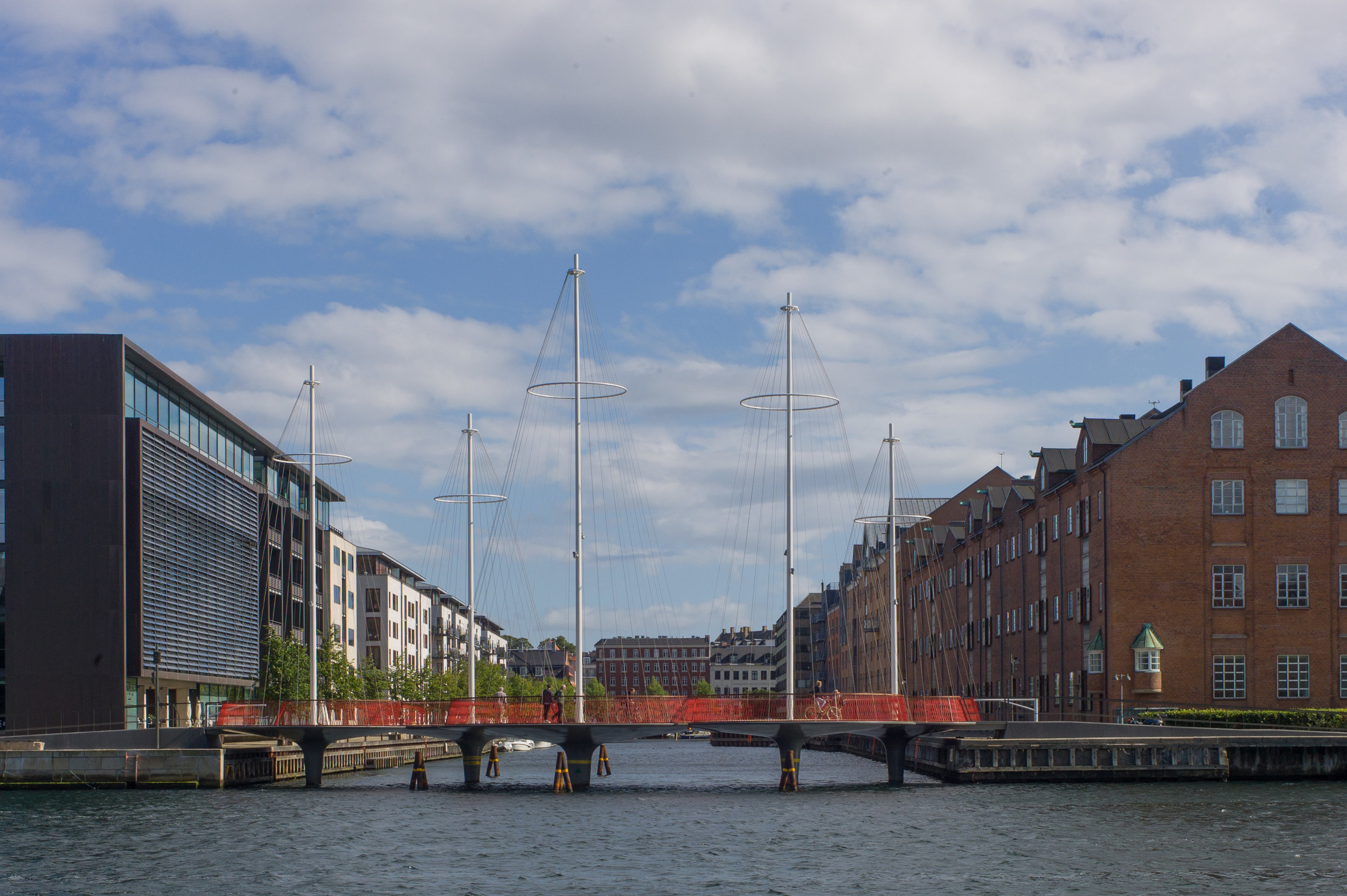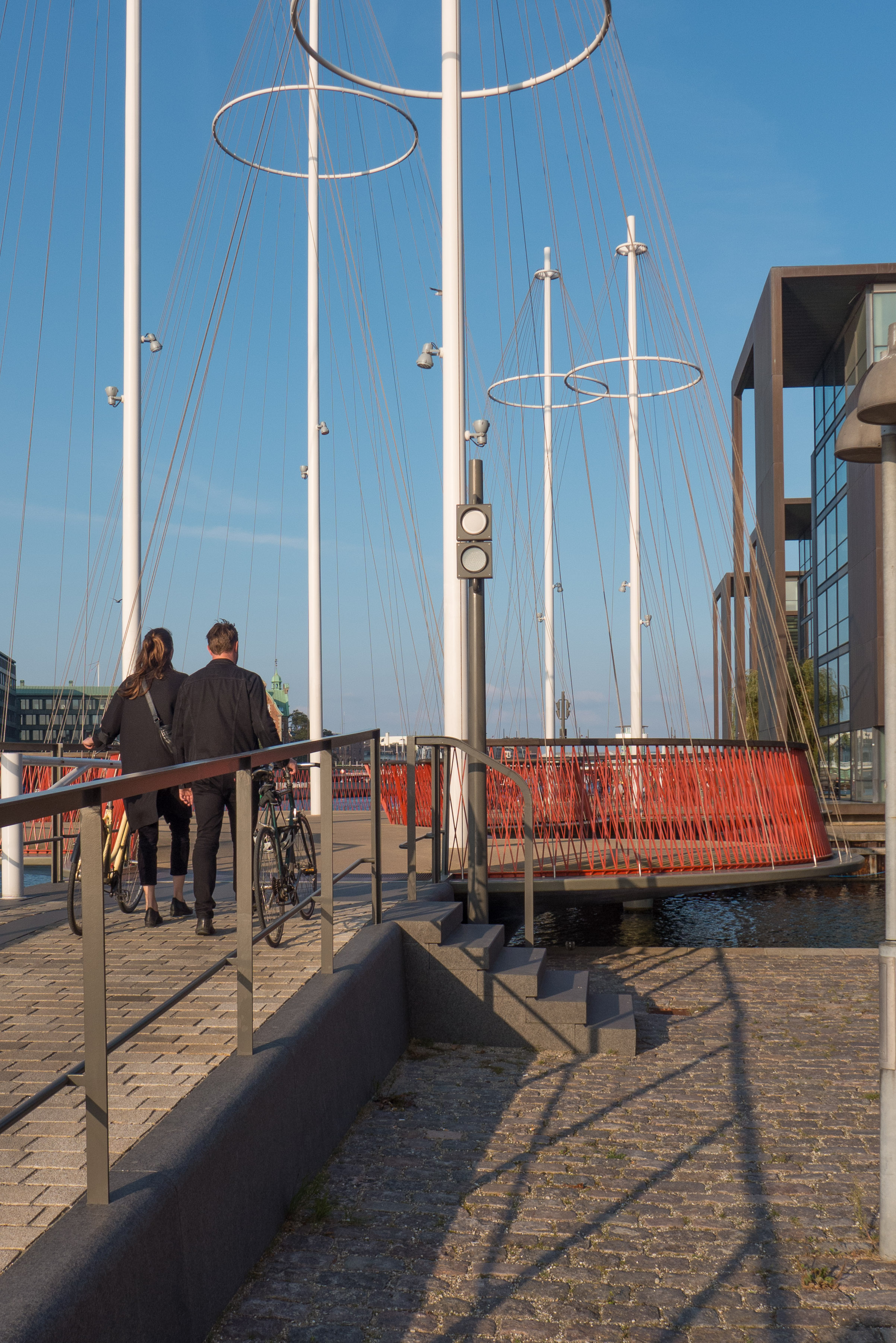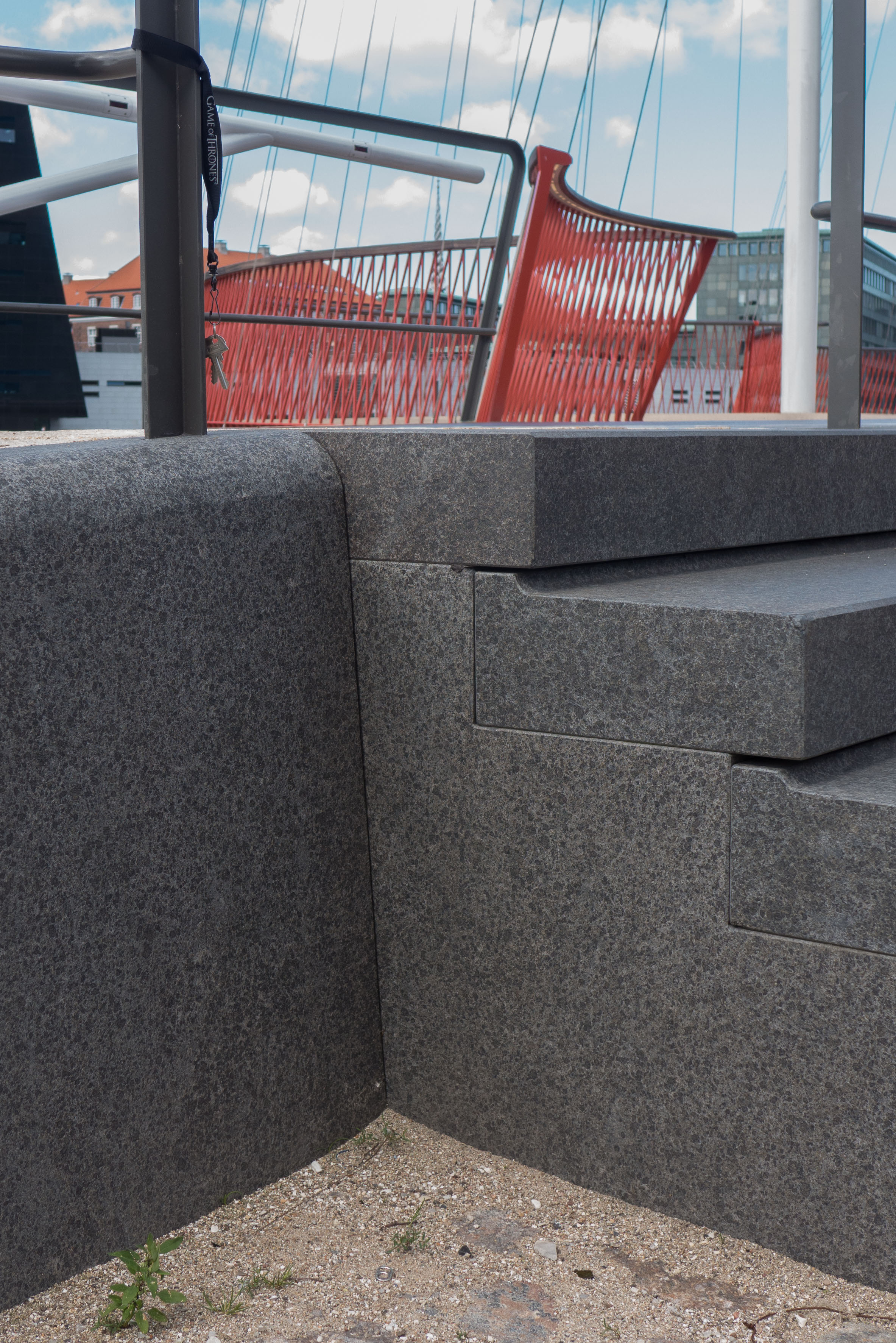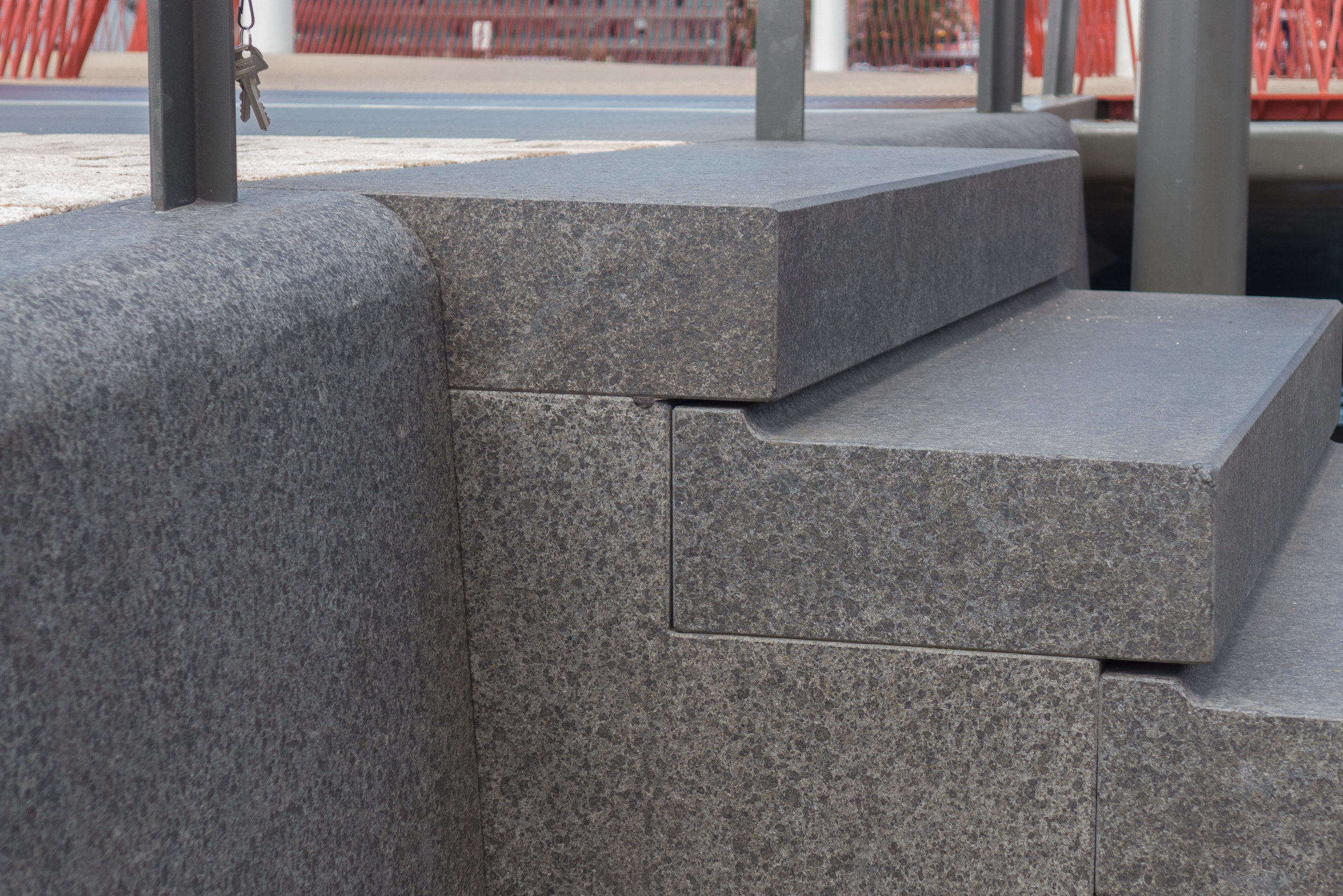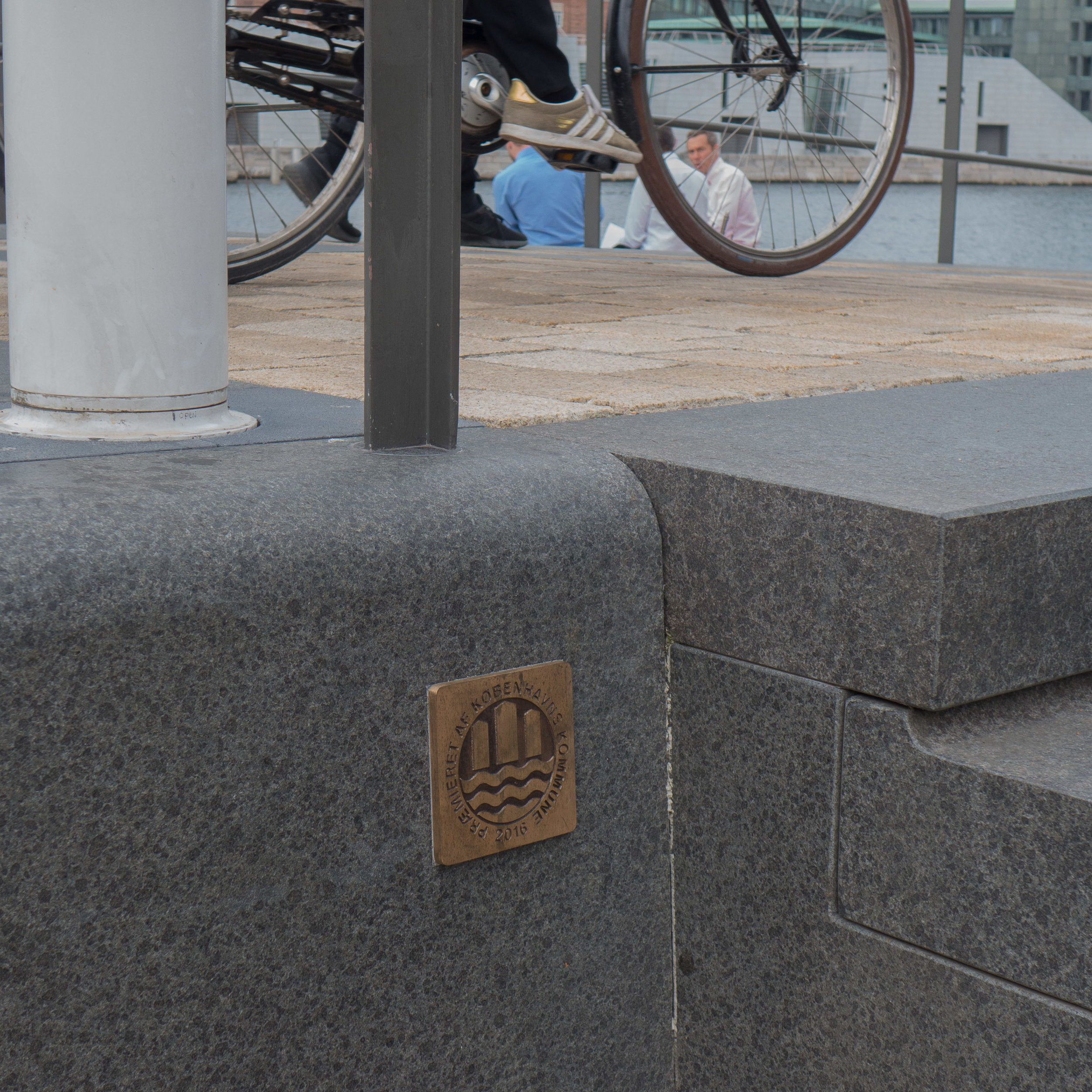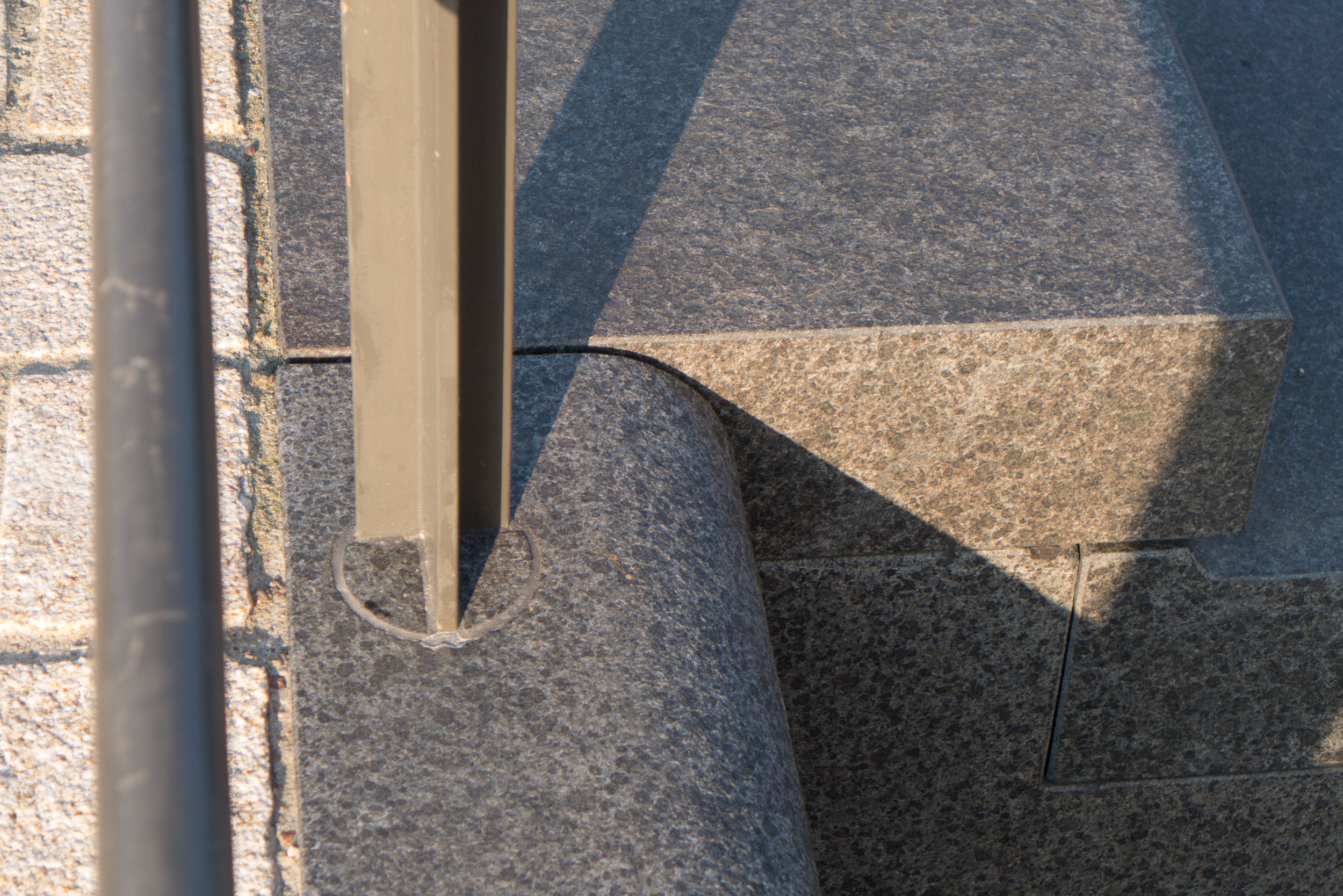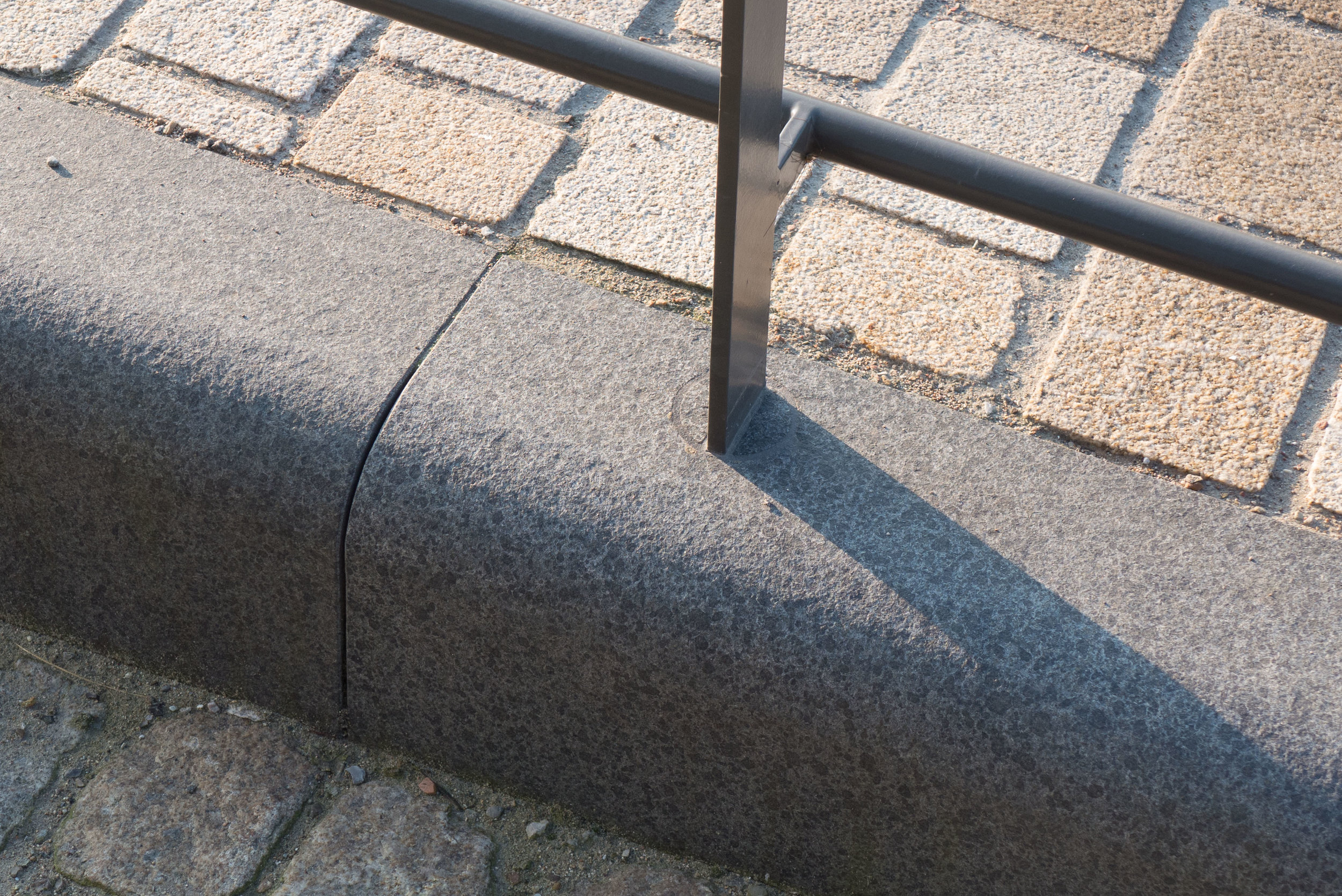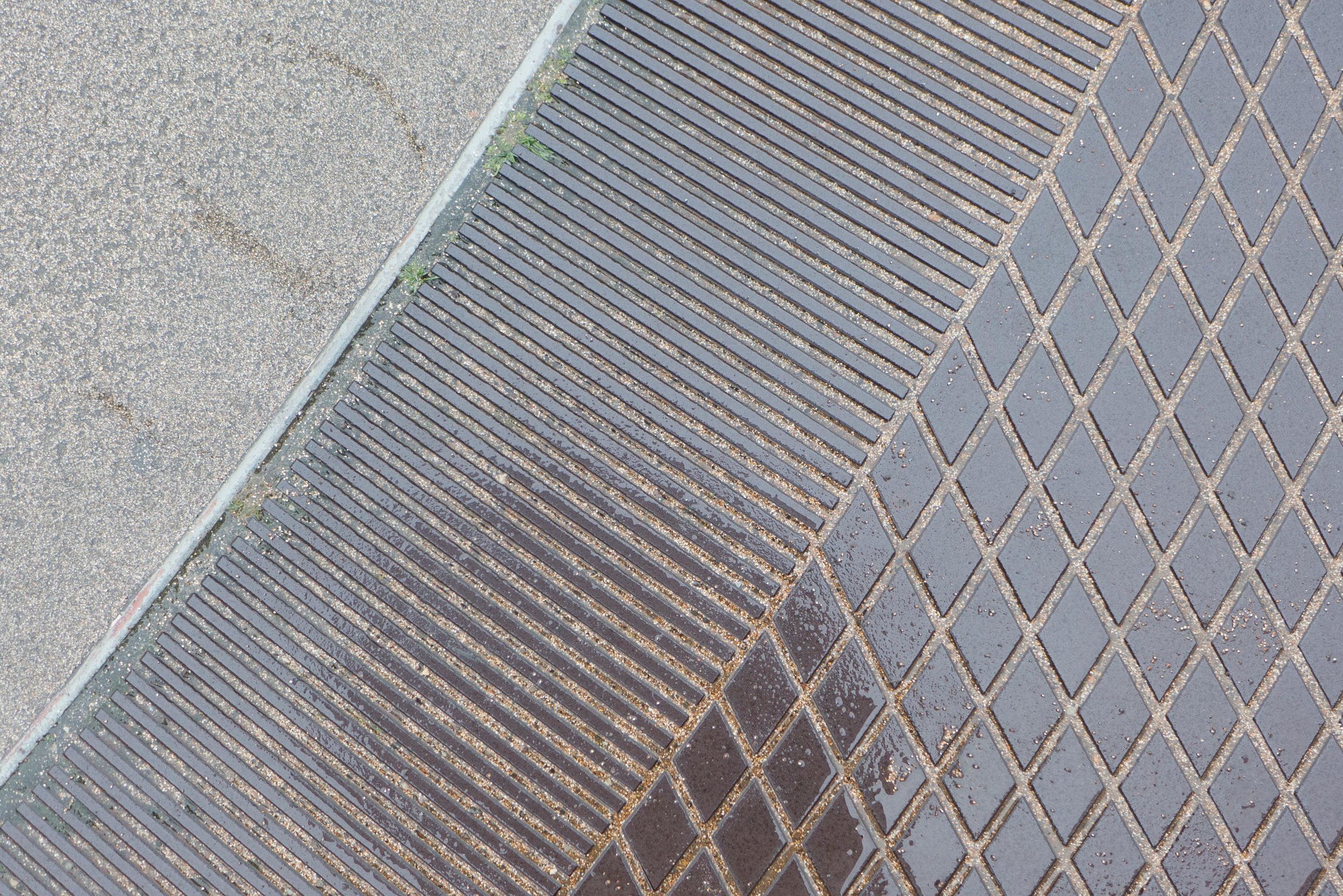.... or all in the detail?
/So at the start there is an idea - a brilliant concept - and then the engineering is the how that makes it all work. But I’m fascinated to find out who frets about the small stuff and when. Are the details of the design really just a part of the design process or part of the execution so the responsibility of the people who manufacture or construct or build the design?
Arne Jacobsen had a reputation for designing every detail and he seems to have kept tight control of a small drawing office so presumably everything, even for a large project, went across his desk but at the other extreme there are architects and designers who present their ‘brilliant’ idea with a flourish, and while others worry about how or if it can be realised, they are off and away on the next exciting idea. Presumably, most major projects have to sit somewhere between those two extremes. And, of course, the details and the quality of the parts always depend on the size of the budget.
And the truth is that in the end, when it’s all finished, all that beautifully executed and expensive detail can be overlooked by people distracted by the excitement of experiencing that dramatic concept.
The details are not quite the boring bit but more the ignored or under appreciated part of designing and making or constructing something because when you see people looking at Cirkelbroen not one is looking down at the surface they are walking on or looking at the amazing quality of the stonework of the ramps or looking at how the handrail and railings are made or how the curved and angled sections of the railings are spaced so that they slide apart as the bridge opens. Does anyone wonder who designed the beautiful stonework of the steps? One or two twang the wires but that seems to be the extent of their curiosity.
I’d like to see the drawings for this project … the concept drawings to see just how many ideas were discarded and how many stages it took to hone down the idea. And see how many engineering drawings were needed to make sure the bridge would actually open and shut and work and then see how many drawings there were to work through those details of how the precisely-rounded stone blocks for the edge of the ramp would be cut and spaced or the uprights of the railings would be set into the ramp or into the deck of the bridge? And that’s not even beginning to consider the design for lighting the bridge at night and all those diagrams for electric wiring and drawings for the planners and drawings for the press to ensure the public were on side.
Not to wonder about all those things is like being swept away by the power of a complicated piece of music but never once wondering how the composer could possibly have imagined the sound of all those instruments together in that way in their head let alone to be curious about who wrote out all those scores for each instrument in the orchestra.
For a great design you really can’t separate out the concept, the engineering, or the manufacturing methods, that are the how and the details of the what. The simple answer is that for a good or a great design you need an idea followed with the hard work going through the details and the design drawings that ensure it will work and the skills, when making or building or constructing, and materials that are appropriate and of a quality to do justice to the concept. Easy to say. Not easy to do.
So what I am saying, I suppose, is that a great design should be seen not only as a brilliant concept but also as the sum of its parts.
